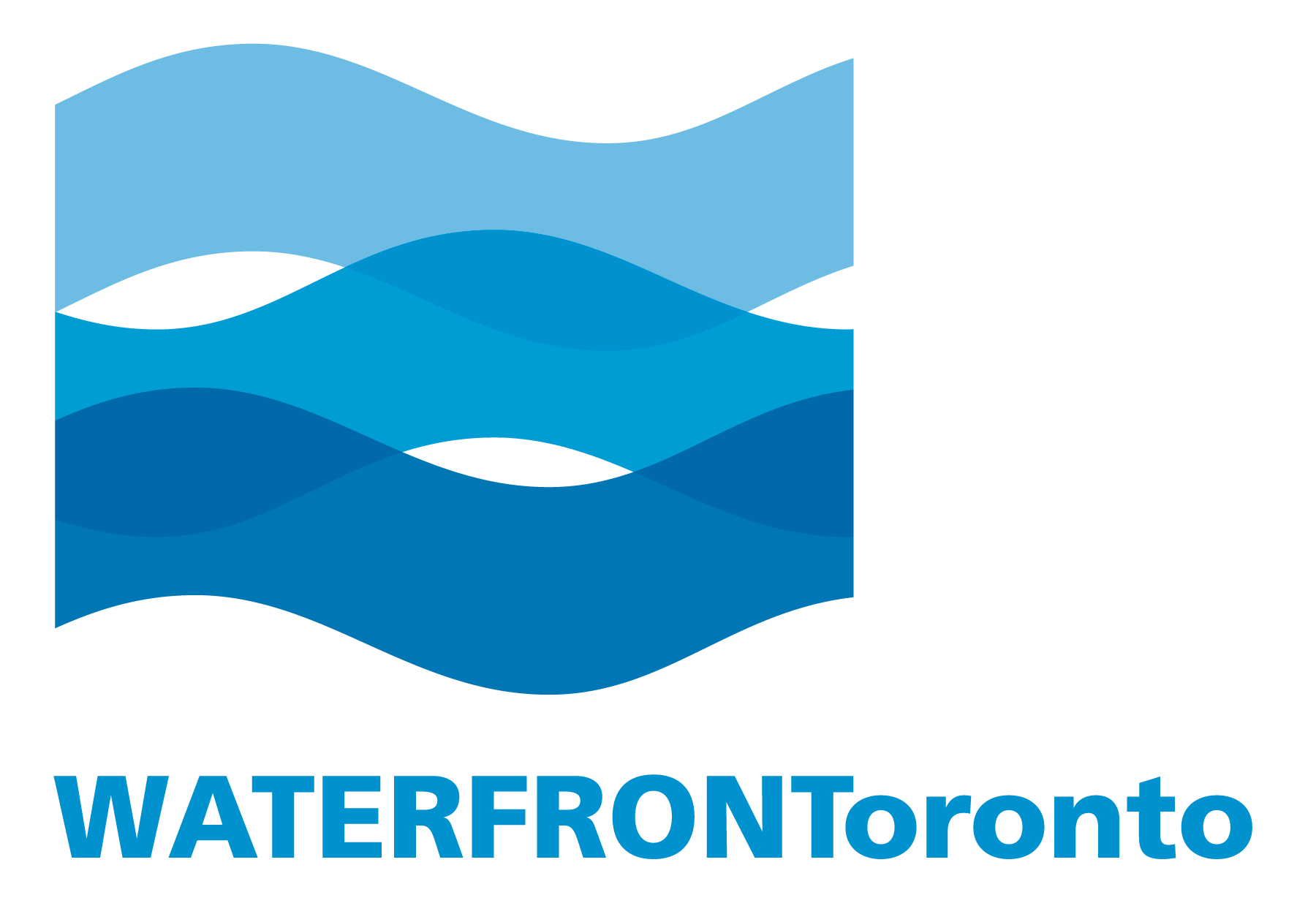About
In Which We Draw a People’s Map of the Don River (2021-22) is envisioned as a series of open-ended modules that investigate the relationships between the Lower Don River, its human and non-human community, its Indigenous and colonial histories, and its traditional and future uses. The project considers: How do we define, map, and mark our awareness of changing places and evolving systems in an era of anthropogenic climate change?
Inviting artistic research by local collaborators on urban watershed systems, Indigenous waterway and land rights, access to water in urban environments, flood mitigation, the relationship of natural and built environments, access to public space, and the role of art in policy-making, the project is envisioned as a series of modules that engage with local ecosystems and residents in the Don River Valley.
The NYC-based boatbuilding and water-borne art collective Mare Liberum is leading the creation of a small fleet of boats that have been adapted specifically to navigate the past, present, and future Don. Plans for these boats can be accessed under “boats.” Public demonstrations will be held at Evergreen Brick Works, and a public launch and on water performance and gathering is planned for summer 2022 (dates TBD). Through this public workshop, a dialogue around the river and watershed unfold, culminating in the launch of a publication developed from crowd-sourced narratives of the ways in which the public physically get themselves to and interact with the River.
One aspect of this work takes the form of an audio podcast series, Don River Radio (2022), which features interviews with collaborators and local experts on issues around urban waterways, environmental justice, climate change, and remediation and toxicity. The public is invited to call in to the Don River Radio Hotline as a vocal map-making activity for the new river, and is encouraged to contribute live field recordings, narratives of their own experiences on the river, or hopes for the waterway.
Land Acknowledgement
Evergreen and Mare Liberum respectfully acknowledge that the sacred lands and waters upon which this project takes place, and the built communities and cities across the country, are the traditional territories, homelands and nunangat of the respective First Nations, Métis Nations and Inuit who are the long-time stewards of these lands, rivers, creeks, ravines, and extended tributaries.
About Mare Liberum
Mare Liberum is a collective of visual artists, designers, and writers who formed around a shared engagement with the world’s waterways in 2007. As part of a mobile, interdisciplinary, and pedagogical practice, the collective has designed and built boats, published broadsides, essays, and books, invented water-related art and educational forums, and collaborated with diverse institutions in order to produce public talks, collaborative exhibitions, participatory works, and voyages.
ML’s work bridges dialogues in art, activism, and science, by remapping landscapes, reclaiming local ecologies, and observing and recording the overlaps of nature, industry, and the polis in the Anthropocene. The collective’s projects connect divergent constituencies with shared environmental concerns, create waterfront narratives ranging from the industrial to the personal, and catalyze the creation of engaged publics. Employing the methodologies of civic hacking, participation, open source, social sculpture, and temporary occupations, the collective extrapolates on Lefebvre’s or Harvey's “right to the city” to include its neglected waterways.
Mare Liberum has presented work at the Centre Pompidou - Musée national d'art moderne, Paris, the Carpenter Center for the Visual Arts at Harvard University, the Parrish Art Museum, MASS MoCA, the Neuberger Museum, and EFA Project Space, among others. The collective is Jean Barberis, Dylan Gauthier, Ben Cohen, Stephan von Muehlen, Arthur Poisson, Sunita Prasad, and Kendra Sullivan.
For A People’s Map of the Don River, lead collaborators are Shannon Gerard and Maria Hupfield. The collective is grateful to Waterfront Toronto and Evergreen Brick Works staff, curators Charlene Lau, Kari Cwynar, and Chloë Catan, Annie Vandenberg, Felix Mills, and to illustrator Julissa Norman, researcher Holly Chang, UX designer Ang Martinez, and OCADU researchers Elianne Mena and Brandon Latcham.
About Evergreen
Evergreen is a national non-profit organization dedicated to making cities flourish. In 2010, Evergreen transformed a collection of deteriorating heritage buildings into a global showcase for green design and an award-winning public space, now called Evergreen Brick Works. Open year-round, Evergreen Brick Works welcomes more than 500,000 visitors annually to experience its public markets, participate in conferences and events, enjoy outdoor learning and nature play, and explore public art in the heart of Toronto’s ravine system. The Brick Works serves as the main location for Mare Liberum’s project, with public workshops and on-site classes taking place on site in 2021 and 2022.
About Waterfront Toronto
Waterfront Toronto is the public advocate and steward of waterfront revitalization. Created by the Governments of Canada and Ontario and the City of Toronto, Waterfront Toronto is mandated to deliver a revitalized waterfront. Waterfront Toronto’s permanent Public Art Program commissions artworks as an integral part of the neighbourhoods they build. A new Temporary Public Art Program was recently created in order to respond to pressing contemporary social issues and reshape how we view our physical and social environments.




